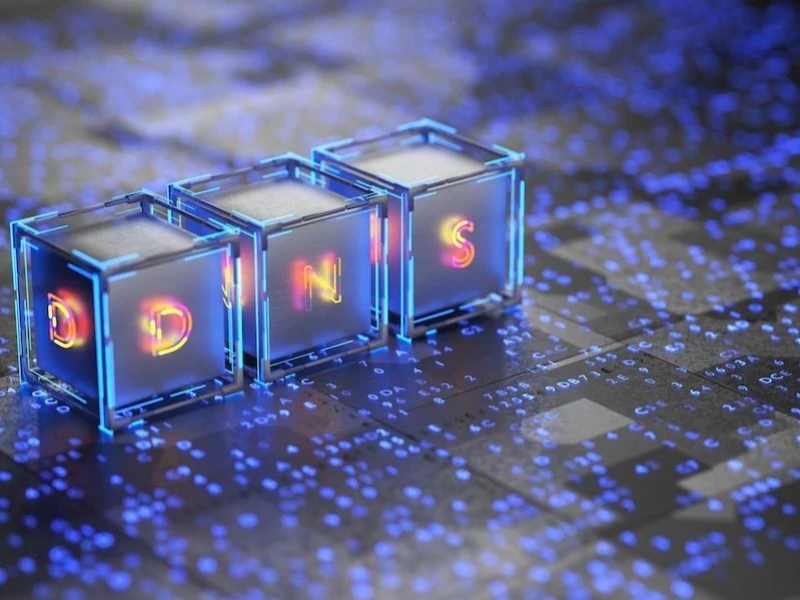- Most people know blockchain as the technology behind bitcoin – and this was indeed its first application – but since then, several innovations in the system have allowed blockchain to spread far and wide.
- The blockchain system is now democratising and transforming all kinds of industries, from healthcare to trade finance. We’ve already known about how blockchain is changing the supply chain.
- The invention of blockchain technology in 2009 marked a pivotal moment in human history, ushering in a new era of trust and decentralisation.
Blockchain took its first breath in 2008 after an individual or group known as Satoshi Nakamoto developed it. A fascinating whitepaper emerged. It described a system that would prevent duplicating without the need for an authorised third party. This technique was known as bitcoin, which irrevocably altered digital business.
Also read: Blockchain scam alert: Over $20M lost in rug pulls
Genesis block: January 3, 2009
The story of blockchain begins with the enigmatic figure known as Satoshi Nakamoto. On January 3, 2009, Nakamoto mined the first-ever block of the bitcoin blockchain, known as the “genesis block.” This act marked the birth of blockchain technology as we know it today.
Decentralised ledger: Building blocks of trust
At its core, blockchain is a decentralised ledger that records transactions across a network of computers. Each block in the chain contains a cryptographic hash of the previous block, along with a timestamp and transaction data. This structure creates a tamper-resistant system where each block is linked to the one before it, forming an immutable record of transactions.
Also read: Binance ends support for USDC on Tron blockchain
Predecessors and inspirations
While bitcoin’s blockchain may be the most famous, the concept of a decentralised ledger predates it. In the early 1990s, researchers Stuart Haber and W. Scott Stornetta proposed a cryptographically secured chain of blocks to timestamp digital documents and prevent tampering. Their work laid the groundwork for many aspects of blockchain technology.
Expanding horizons: Beyond cryptocurrency
While bitcoin introduced blockchain to the world, its applications extend far beyond digital currency. Ethereum, launched in 2015 by Vitalik Buterin, introduced smart contracts, enabling developers to build decentralised applications (dApps) on its blockchain. This opened the floodgates to a myriad of innovative use cases, from supply chain management to decentralised finance (DeFi) and beyond.
Future of blockchain
Genuine enthusiasm surrounds the future of blockchain. This technology, initially introduced by bitcoin, now permeates various aspects of our digital world. Its applications extend beyond finance, showing promise in internet usage and voting systems. Let’s delve into what the future might hold.
Progress in scalability
Blockchain encounters challenges when it comes to swiftly processing vast quantities of data. As its scope expands, these challenges intensify. However, IT experts are actively addressing this issue by devising innovative communication methods for blockchain. Consequently, this enhances efficiency and accelerates operations. The introduction of faster blockchains and improved services stands to benefit all stakeholders.
Layer two solutions, which process transactions independently of the primary chain, offer a potential remedy for speeding up processing.Another approach involves sharding, wherein the database is partitioned to enhance processing speed.With the implementation of such tools, blockchains can scale seamlessly without compromising performance.

